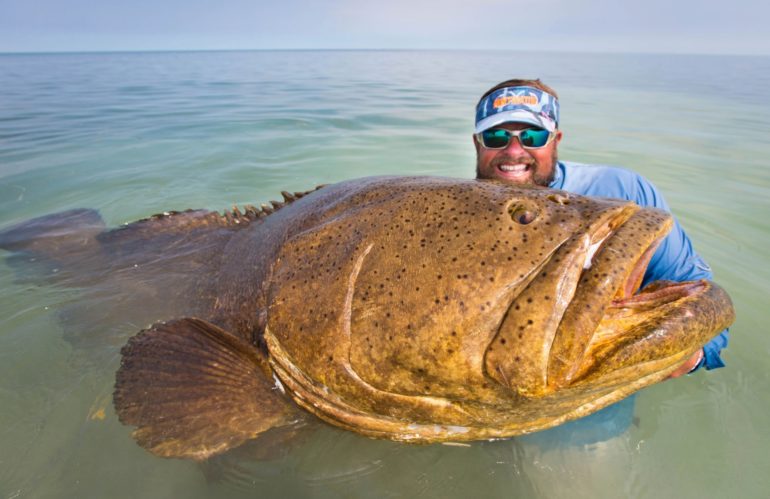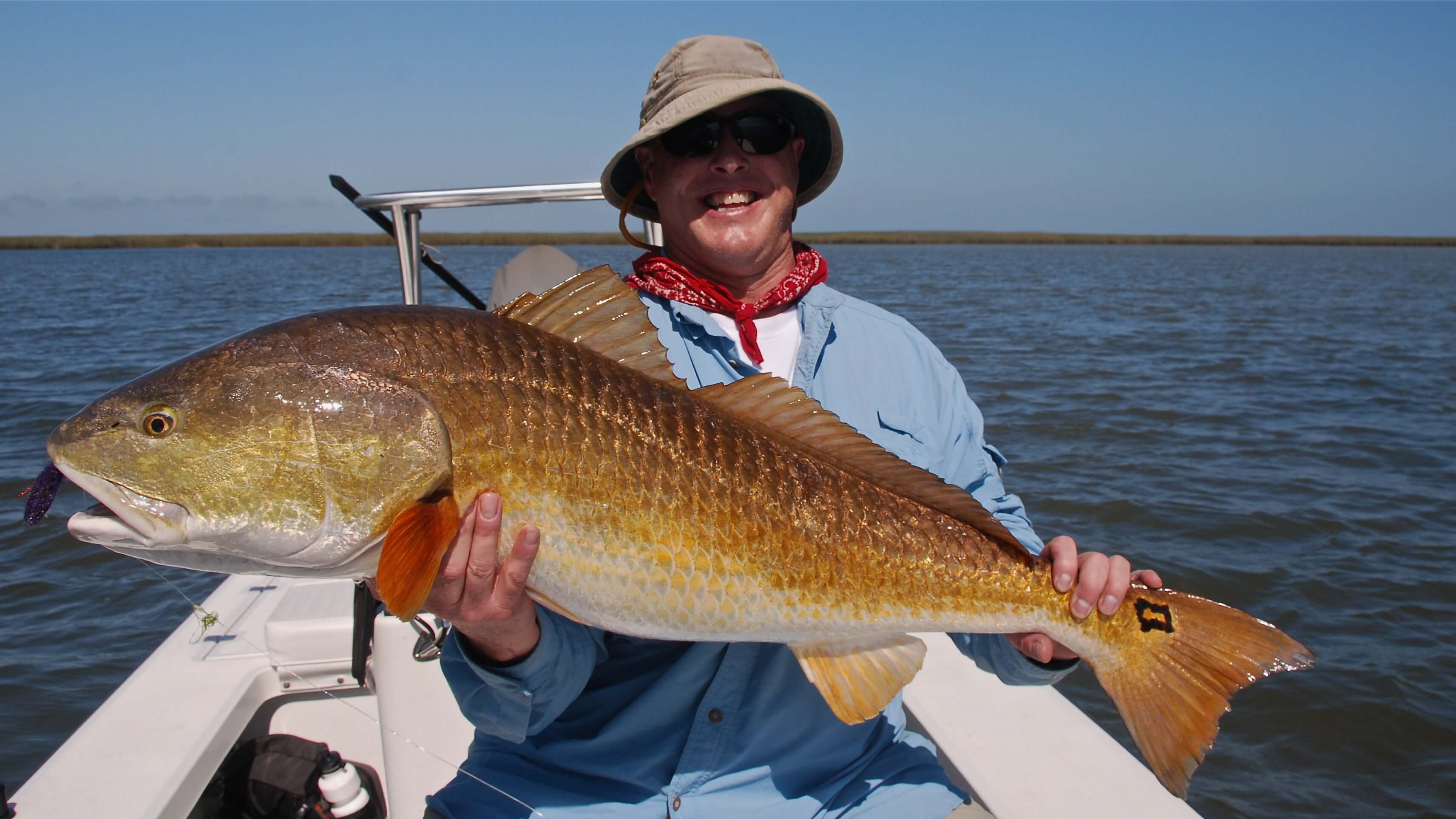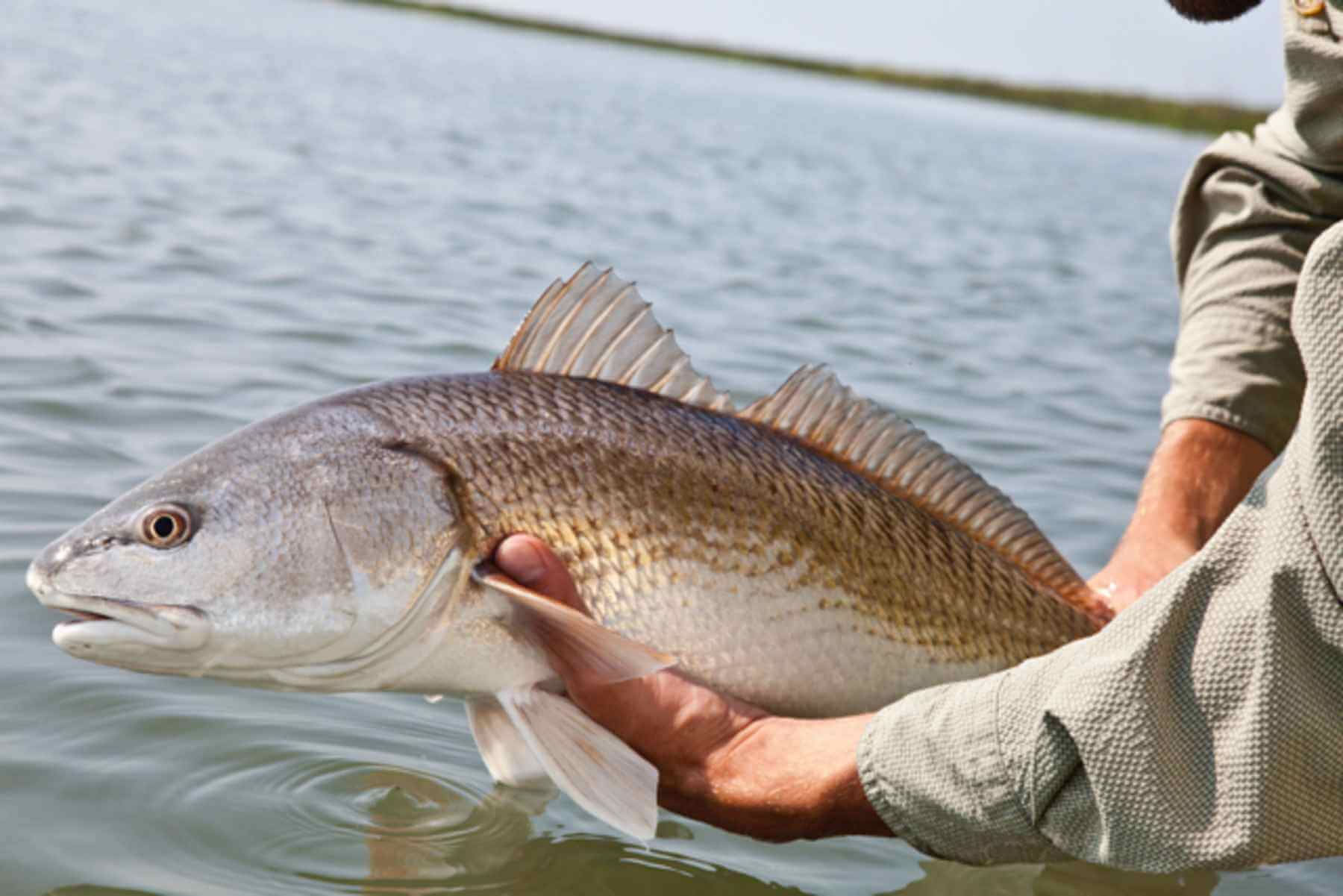When it comes to fishing, the options for tackle are virtually endless. Use the correct set up, and you may have quite the successful day on the water. However, misjudge your quarry, and you may be left with an empty cooler (plus or minus a few beer cans). Getting it right requires you to understand something about what it is you are trying to catch, being able to select the right tackle, and picking the right locations to maximize your success.
Let’s start with what it is you are trying to catch. Though there are many fish in the sea, fish generally exhibit similar characteristics. It is these characteristics which make fish, well, fish. For example, some fish feed on the bottom, while others feed primarily near the surface. Being able to discern where a fish feeds is actually pretty easy. Just look at the orientation of the fish’s mouth. If a fish opens its mouth upwards, then it is safe to assume that it normally feed either above it, or directly in front of it. Likewise, if a fish’s mouth opens downward, it likely feeds below its head or in front of it. An example of a fish which typically feeds above his head would be a seatrout, and a fish which normally feeds on the bottom would be a redfish. These behaviors are not hard and fast – we know that redfish will strike topwater lures, and that seatrout will eat shrimp right off the bottom. However, it does give anglers insight into how a fish usually eats. Orient your terminal tackle towards shapes and species which your target species normally eats.
Another key feature is the fish’s caudal fin, or tail fin. If that fin is deeply forked, the fish likely swims almost continuously, and is capable of great speed. Good examples are mackerels and tunas, which can swim at speeds over 30 mph. This is one reason why we troll streamlined lures for these species, or quickly retrieve baits cast at them. On the other end of the spectrum, fish with broad caudal fins are more often ambush predators, lying in wait until prey comes within striking distance, and then attacking with a short burst of speed. Groupers are an example of ambush predators. You’ll need to get your bait within a reasonable striking distance for a grouper to come out of a hole or ledge and take your bait. In either case, make sure your bait is behaving in a way which is typical of the prey normally eaten by your target species.
Anglers would do well to select baits and presentations which conform to how a predator feeds to maximize success. Send photos of your best catches for a chance to be featured in Flocal Magazine as the month’s Flocal Angler!
* About the Author: Ryan Rindone is originally from North Carolina, and has lived in Tampa Bay since 2011. He is an avid diver, and fishes inshore and offshore via hook and line and spearfishing.







